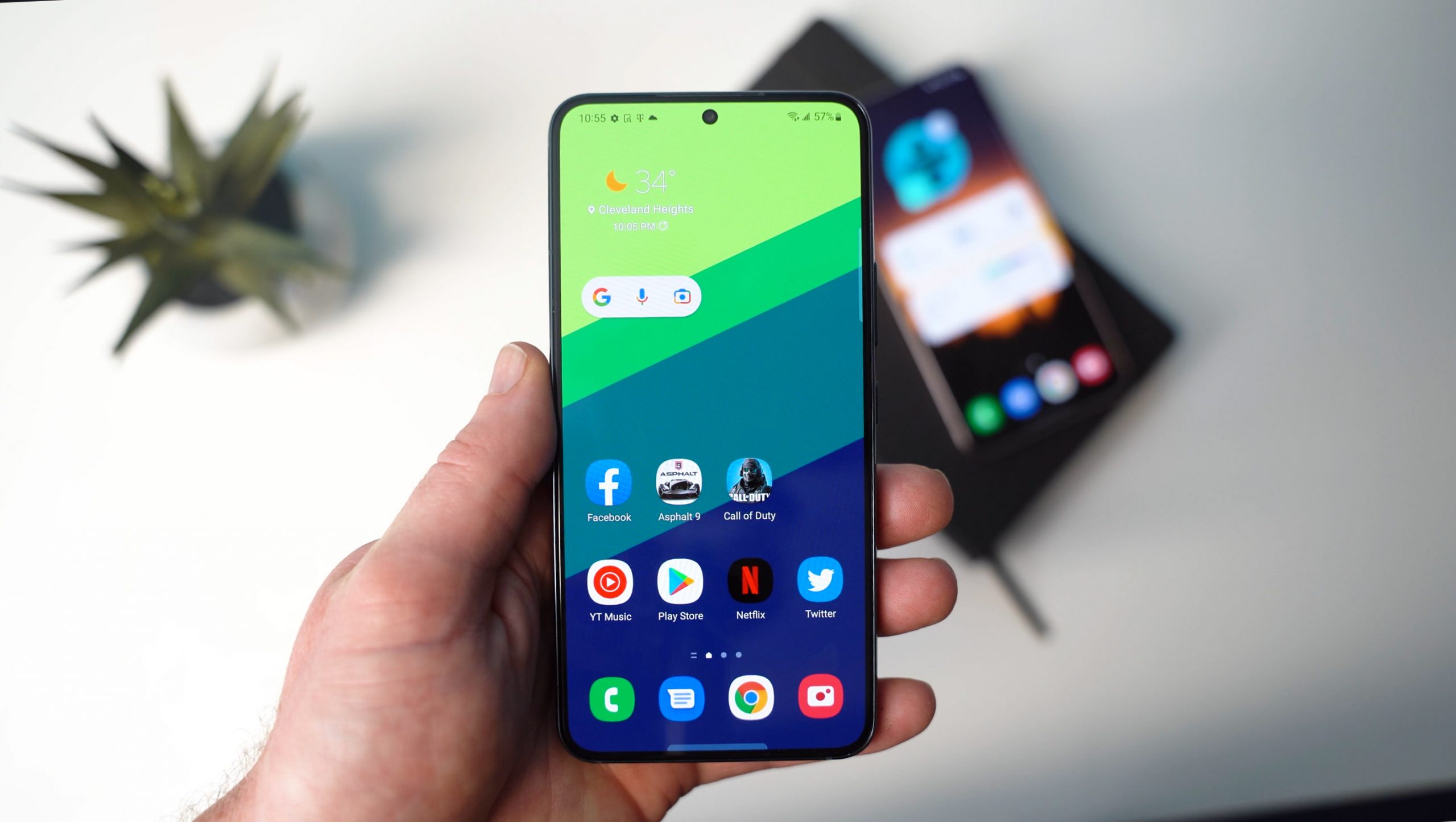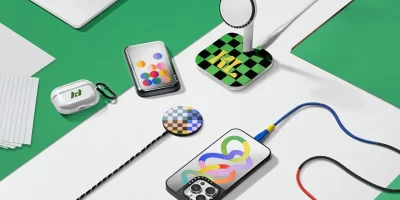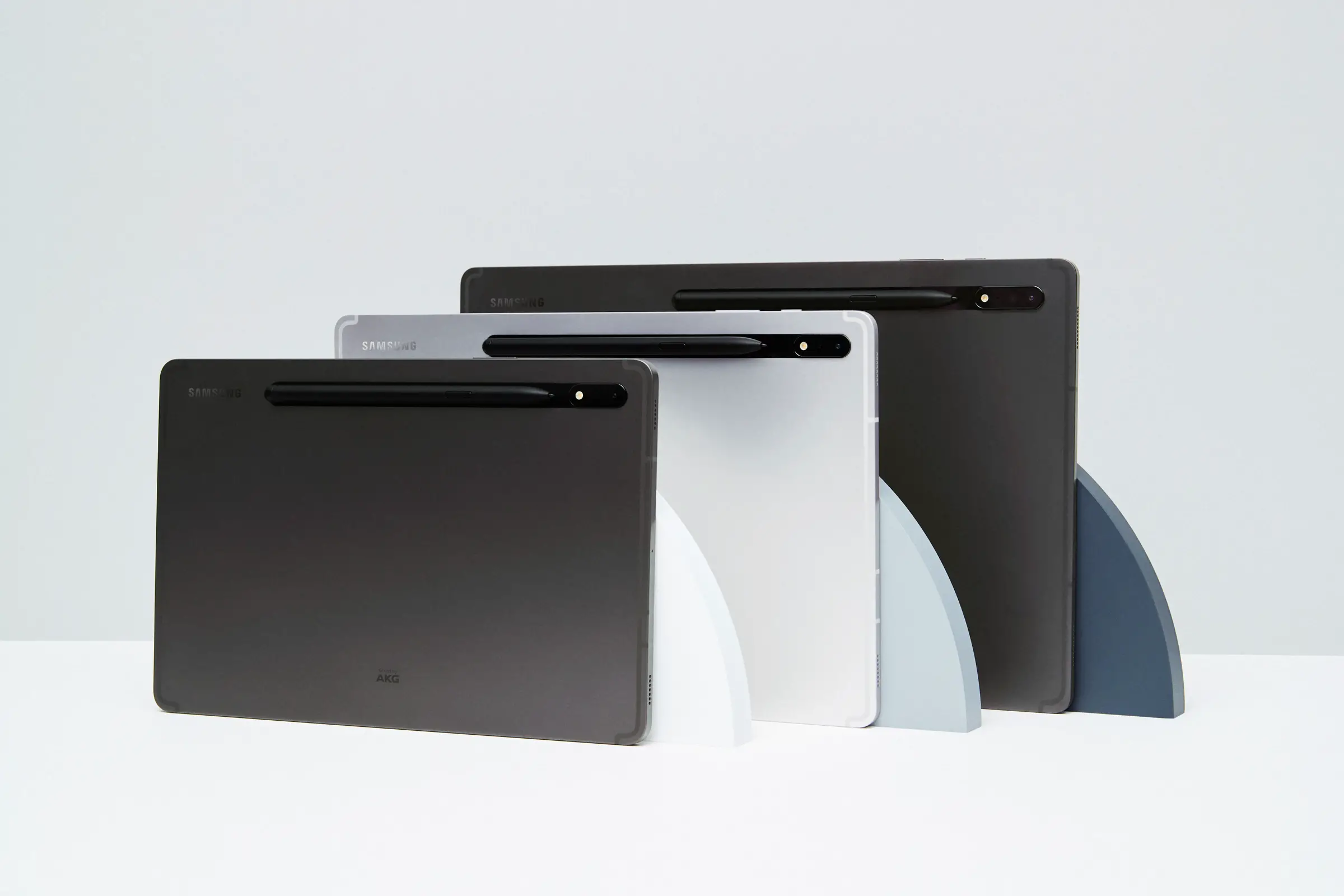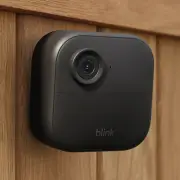These days, it’s not uncommon to see a lot of Android phones come with the option to enable a low power mode. This is when your phone is running low on juice and you need to turn the feature on to help you save some battery until you can charge it again.
But with Google’s Pixel phones, the company has another mode called Extreme Battery Saver that will take things further and help you save as much battery as possible. If you’re hearing about this for the first time and want to know how to enable the feature, then read on.
Turn on Extreme Battery Saver for the Pixel
- Launch the Settings on your Pixel phone
- Tap on Battery
- Tap on Battery Saver
- Tap on Extreme Battery Saver
- Tap on When to use
- Now select when you want Extreme Battery Saver to kick in. You can choose “Ask every time”, “Always use”, or “Never” if you don’t want the phone to use this mode at all
- Going back to the previous menu, you can tap on “Essential apps” and then select the apps that will be exempted from Extreme Battery Saver’s functionality
What is Extreme Battery Saver mode?
For those wondering what the difference between the Pixel’s regular Battery Saver and Extreme Battery Saver, there are some key differences which we think are important enough to be mentioned.
With normal Battery Saver, notifications are slowed down meaning that you don’t get notified quite as frequently. It also limits app refreshes and also stops listening for the “OK Google” trigger for Google Assistant. It also stops location services when the screen is off, and drops your cellular connectivity from 5G to 4G.
By enabling Extreme Battery Saver, it basically turns your phone into a “dumb” phone of sorts. We say that because this mode will essentially throttle your CPU’s performance so it doesn’t drain as much energy. Apps will be paused and no longer send notifications, and features like hotspotting are disabled. WiFi and Bluetooth are also no longer being used for location data.
As the name implies, this is an extreme form of battery conservation, so it’s more ideal in situations where you want to preserve that last 3-5% of battery just so you still have a phone in case of emergencies.









Comments